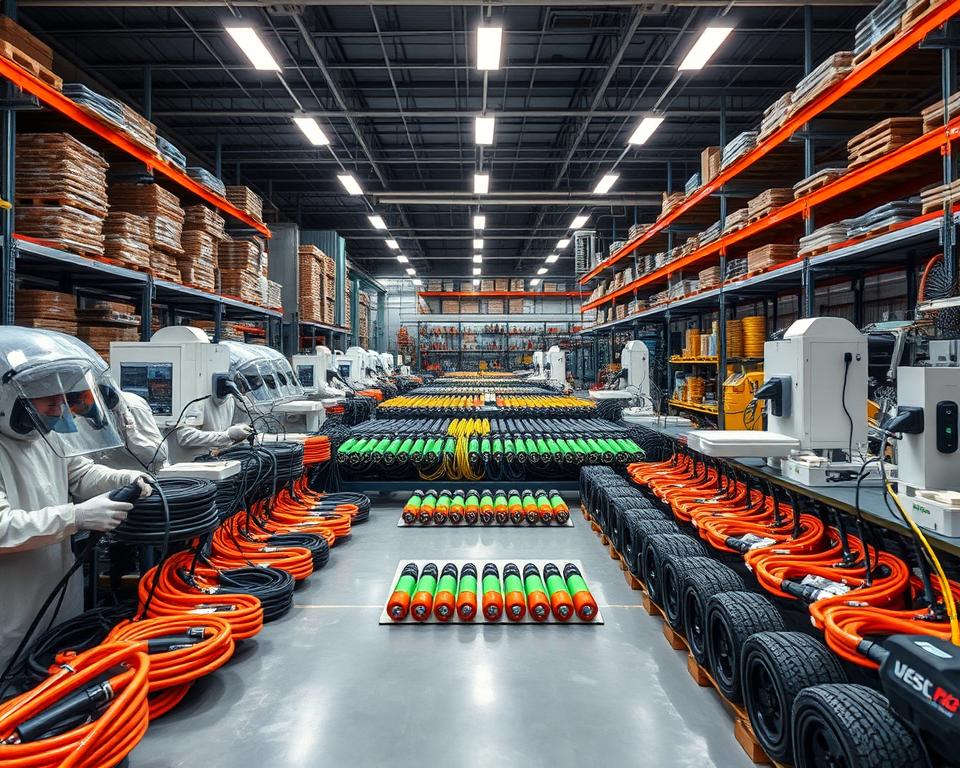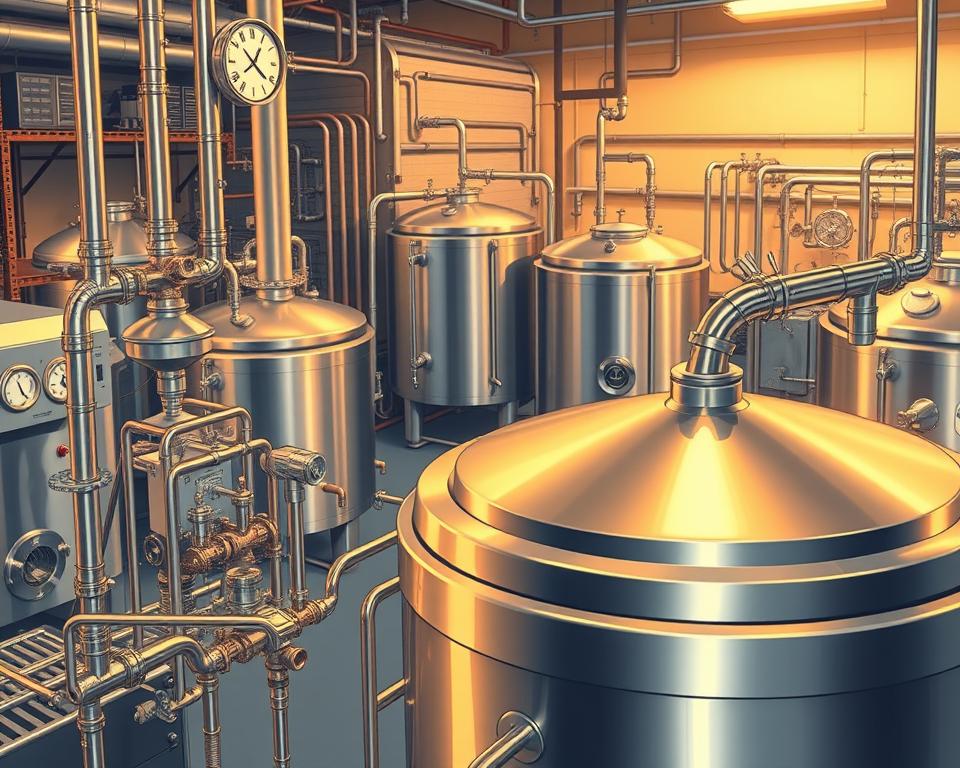Prime Spot to Purchase Backlinks in 2025 – Top Picks
In excess of ninety-one percent of sites lack natural visits from Google, a stark reality. This is due to the absence of authoritative backlinks. Inbound links are the bedrock of successful SEO strategies in 2025.
Finding the optimal source to buy backlinks in 2025 demands thoughtful planning. Your website’s credibility depends on securing links from reputable sources. Quality link building is essential for natural traffic growth and better search visibility, so it’s critical to use purchase backlinks.
Most website owners find it hard to building links. It requires a great deal of time and skill. You must identify targets, produce articles, and conduct outreach efforts. This can require months of investment.
Expert backlink services offer a viable solution. They possess established connections with high-authority websites. They recognize which links boost rankings and which could harm your rankings.
Purchasing backlinks from reliable providers frees up your time. You can focus on growing your business while experts handle link acquisition. Emphasizing high-value links over bulk links is essential to effective link strategies.
Proper backlink services produce concrete results. They supply links from niche, high-authority sites that search engines trust. Such links indicate to search engines that your site warrants visibility and increased visibility.

Understanding the Present Backlink Marketplace
The link buying landscape has seen significant changes in the last few years. Today, a planned method to link building strategies is vital, emphasizing genuine value. Winning requires knowing how engines judge links and distinguishing between effective campaigns and those that are wasteful or risky.
Why High-Value Links Prevail
Quality is now the foundation of effective backlink strategies. Algorithms use advanced methods to gauge each backlink’s value. When purchasing backlinks in 2025, opt for domains with real traffic, relevant content, and recognized prominence in your niche.
Poor links from off-topic sources can harm your search positions. Bot systems can spot spammy behavior. You should seek high-quality backlinks from domains aligned with your niche and visitors.
How Link Acquisition Has Changed
Backlink buying has grown from basic directory submissions to editorial integrations. Old tactics like mass forum postings and bot-driven submissions are redundant. Currently, winning methods involve forging genuine relationships with site owners and crafting content for organic backlinks.
Current practices focus on content fit. Publishers are now more discerning about collaborations. Your approach must show value to their audience while upholding editorial standards.
Google’s Paid Link Policy
The search engine’s position on paid links is explicit: they breach policies unless properly tagged. Latest changes have improved detection of unnatural link patterns. Google ignores links from press releases and penalizes sites with overt link buying.
The 2017 algorithm changes have targeted private blog networks and link farms. Google removes PBN sites it identifies. Your efforts should be on securing google-approved backlinks through proper channels like sponsored content with proper disclosure or genuine mentions.
Marketing 1on1 – A Top-Tier Link Partner
When looking for top-tier backlink services, Marketing 1on1 emerges as a reliable ally. This established provider specializes in building authoritative links through genuine collaborations with publishers and site proprietors. Their approach integrates manual outreach with targeted placement, aiming to improve your site’s stature.
What They Offer
Marketing 1on1 provides a comprehensive suite of link building solutions aligned with various goals. Services range from guest posting on pertinent sites, niche edits within published articles, or PR campaigns that generate buzz. Each offering targets real domains with genuine visitors, ensuring your spend translates to real exposure.
Their backlink offerings are distinguished by a focus on quality connections. Each link comes from carefully chosen publishers for their editorial integrity. This guarantees that backlinks purchased through their platform are placed on sites that Google respects.
Pricing Structure and Packages
Marketing 1on1 provides varied engagement models. Their pricing model fits both single and monthly plans:
| Package Type | Price Range | What’s Included |
|---|---|---|
| Single Link | $150–$500 | One niche edit |
| Basic Plan | $800/month | 5 links monthly |
| Growth Package | $1,500 per month | 10 authority backlinks |
| Enterprise | Contact for pricing | Dedicated manager |
Results
Various companies have seen significant improvements after buying links through Marketing 1on1. A tech startup, for instance, secured placements on TechCrunch, resulting in a 40% surge in organic traffic over 90 days. Another client, on the other hand, saw its domain authority soar following features in prominent industry publications.
These narratives underscore the platform’s prowess in obtaining durable links with meticulous tracking. Each client receives comprehensive reports detailing the placement and performance of their links. Backed by a full refund policy, you have zero risk when you choose Marketing 1on1.
Key Factors When Choosing Where to Purchase Backlinks
Choosing the right provider for backlinks demands a thorough evaluation of several quality indicators. Your link building spend should center on platforms that provide clear ROI through ethical link acquisition practices. Understanding these critical factors will help you make informed decisions that protect your website while building authority.
DA & Trust Flow
Domain authority is your primary quality indicator when evaluating link sources. Websites with higher authority scores have varying prices. Many companies find the best balance in sites with DA 50–70.
Trust flow metrics reveal the value of referring domains. CF scores shows volume, but trust flow indicates their value. Choose sites where trust flow closely matches or exceeds citation flow. This signals authentic, relevant backlinks.
Visitor Metrics & Topical Fit
Real organic traffic sets high-value links apart from low-value links. Use tools like Ahrefs or SEMrush to check traffic data before making purchases. Domains with 10k+ visits offer more link juice.
Topical alignment ensures links look organic. A technology blog linking to your software company makes sense. That same blog linking to a bakery raises red flags. Focus on acquiring links from websites that share topical alignment with your content.
Placement Matters
In-content links significantly impacts value. In-body links are more effective than sidebar or footer placements. The surrounding content should relate directly to your linked page. Search engines reward contextual relevance.
Reputable services offer links in long-form content. It meets Google’s guidelines.
Transparency and Reporting
Legitimate services provide full disclosure about their link sources. You should receive:
- List of target URLs
- Publishing timelines and live link dates
- Anchor text options and ratios
- Monthly performance reports
- Link verification access
Professional providers use hands-on checks to verify quality across multiple indicators. They check for spam signals, ensure proper indexing, and monitor link validity over time. This level of detail separates trustworthy services from those selling low-quality or potentially harmful links.
Comparing Editorial vs. Guest Post
In your search for top backlink sources, you’ll find two main options: editorial link services and guest article networks. Each has its own benefits for your link building efforts. Knowing the differences is key.
In-content services focus on published articles. Prices range from $100 to $500 per placement. Featured.com, for example, connects experts with journalists, leading to organic mentions. They read like genuine editorial mentions.
Guest article networks, on the other hand, write fresh articles. They charge around $200 for sites with a DA of 30+, including content creation. You get original articles with your links, published on relevant sites in your field.
Delivery times varies between these options:
- In-content: 1–3 days
- Guest posts: 15-30 days including content creation
For high-quality backlinks that appear organic, editorial placements are generally preferable. They aim to link your homepage within relevant content. Guest posts target inner pages, supporting SEO for content pages. Remember, guest posts should not exceed 5-10% of your total link profile to avoid penalties.
Where to Buy Links in 2025
Looking for safe backlink sources in 2025 demands thorough research and analysis. The link building landscape has grown complex. Whether you seek premium editorial placements or more affordable options, knowing your options matters for a successful SEO strategy.
Leading Marketplaces
Several leading platforms dominate the market for purchasing backlinks safely. Collaborator shines with its 33,000 verified website network, providing clear pricing and quality assurance. Marketing1on1.com boasts an inventory of 2 billion backlinks, with powerful filters for niche targeting.
| Marketplace | Min Cost | Highlights | Delivery |
|---|---|---|---|
| Marketing 1on1 | $10 | Massive index | 3-7 days |
| WhitePress | $25 | 90k sites, 30+ languages | 5-10 days |
| Adsy | $15 | 15,000 reviewed publishers | 7-14 days |
| LinksManagement | $20 | 10,000+ sites, DA 40-90 | 5-7 days |
Vetted Agency Recommendations
Professional agencies offer bespoke solutions for link building campaigns. Authority Builders, with over 10 years of experience, crafts tailored strategies starting at $1,000 monthly. Marketing 1on1 provides variable plans, from $250 for single links to $2.5k for volume, catering to various budgets.
Marketing 1on1 focuses on ethical tactics that follow Google rules. Their tailored efforts combine content creation with outreach.
Self-Service Options Worth Considering
Self-serve sites allow you to manage orders. These platforms let you explore domains, view stats, and place orders on your own. Use filters for DA, traffic, and topic to find the best place to buy backlinks in 2025.
Warning Signs
Identifying trustworthy backlink services means knowing the warning signs. Fast-promising services often backfire. Seeing the warning signs safeguards your site from SEO penalties.
Link Farms and PBN Networks
PBN schemes were once prevalent. Google’s 2017 crackdown wiped out PBNs. They spin up low-quality sites. They are identifiable by their generic content and absence of real traffic.
Link farms operate similarly, pushing bulk spam links. These bot networks flood comments, any service promising bulk links from these sources will harm your rankings.
Too-Good-To-Be-True Deals
Real link building costs money. Cheap gigs employ automated spam tools. Real outreach requires time and effort. Sites charging $50 for “editorial reviews” often operate shady operations.
| Price Range | What You Get | Risk Level |
|---|---|---|
| $5–50 | Bot-driven links | Severe risk |
| $100–500 | Mixed quality links | Moderate risk |
| $500+ | High-value links | Minimal risk |
Ranking Guarantees
No one can promise page-one. Google’s algorithms evolve continuously, making predictions impossible. Services that promise first-page results violate guidelines. Check publication authenticity.
Budgeting by Business Size
Company size dictates spend. Small businesses need careful budgeting, while larger ones can invest more in detailed campaigns. Know your scale to allocate resources for your link building strategies.
Small businesses usually allocate $150 to $500 monthly for basic backlink services. Covers a few quality links. Sample cost: $200/link or pay for 3–5 links monthly. Startups often succeed with focused campaigns on local directories and industry-specific sites.
Medium businesses budget $1k–$5k/month for bigger campaigns. This allows access to higher-authority publications and editorial mentions. Agency fees range up to $20k/month. Better results come from dedicated account management and strategic planning.
Enterprise organizations and Fortune 500 companies spend $20k–$50k/month on backlinks. Includes:
- Digital PR campaigns with major media outlets
- Custom infographic creation ($2,000–$4,000 per design)
- Premium editorial placements ($1,000–$2,000 per link)
- Full metrics and analysis
Avoid sub-$200/month providers. They often deliver low-value links. Quality is more important than quantity when buying backlinks. Smart budgets favor quality over volume.
White Hat Approaches to Paid Link Building
Paid link building doesn’t have to harm your website’s integrity. Follow white-hat practices. Focus on disclosure, real partnerships, and user benefit.
Sponsored Content Guidelines
Sponsored posts must follow guidelines to stay compliant. Google mandates clear disclosure and proper tagging with rel=”sponsored”. This approach safeguards your site while allowing you to leverage paid placements effectively.
Major outlets run paid posts. These placements can cost between $500 to $5,000, depending on the publication’s reach.
Adding Links to Existing Content
Niche edits involve adding your link to existing, relevant content that ranks well. This technique, $100–$500 each, provides advantages:
- In-older posts
- Quick wins
- Natural placement within contextually relevant articles
Newsworthy PR
Marketing 1on1 aims to craft newsworthy stories that journalists seek to cover. You pitch compelling angles about your business to media outlets, earning links. Mentions alone build reputation.
Focus on timely, newsworthy angles. Building journalist relationships in your industry opens doors for authentic link acquisition.
Measuring ROI from Your Backlink Purchases
Calculating the return on investment from your SEO backlinks demands a structured method for data collection and analysis. You should monitor several critical metrics over 3–6 months to grasp the real worth of your authority backlinks investment.
Capture pre-campaign data. Note DR/DA metrics. Also, document your existing organic traffic levels in Google Analytics and note your current keyword rankings for target search terms.
- Authority score changes
- Traffic increase
- Keyword ranking movements for your target terms
- Referral traffic from placed links
- Impressions & CTR
Compute CPL vs. traffic value. A simple formula divides your total investment by the number of quality links obtained. Compare to PPC spend.
The future of link building hinges on showing clear ROI. Track your Trust Flow and Citation Flow scores to measure authority gains. Keep anchor distribution balanced. Balance drives lasting performance.
Industry-Specific Link Building Considerations
Different industries demand unique strategies for link building. Industry dictates channels, content, and spend. Grasping these nuances is key to crafting a link strategy that resonates with your market.
Tech & SaaS
Tech backlinks focus on authority. Targeting publications like TechCrunch, Mashable, and specialized developer blogs is advisable. These platforms seek out in-depth technical content that showcases innovation. Craft technical case studies for tech audiences.
E-commerce and Local Businesses
Ecommerce SEO thrives on product review placements and shopping guide inclusions. Aim for review/lifestyle niches. Local businesses should aim for chamber of commerce directories, regional news outlets, and community organization websites. These local connections foster trust with search engines and nearby customers.
Finance and High-Competition Niches
YMYL demands high quality. Expect $26–$31/link/month. Crypto/iGaming require niche sites. Health & legal need strict compliance.
| Industry | Average Link Cost | Key Publication Types |
|---|---|---|
| SaaS/Tech | $15–$25/month | Tech blogs, Developer forums |
| E-commerce | $10–$20/month | Review sites, Shopping guides |
| Finance | $26–$31/month | Financial news, Industry journals |
Future Trends in Link Acquisition for 2025
Link building trends shift rapidly with tech advances. Grasping these emerging trends is essential for selecting the optimal platform to acquire backlinks in 2025. This will enable you to maintain a competitive edge.
AI-Driven Link Strategies
AI transforms link discovery. AI tools can now rapidly scan through thousands of websites, pinpointing opportunities that align with your niche and authority level. These systems analyze successful link campaigns, predicting which sites will offer the greatest value.
Expect AI to draft outreach. These messages will resonate naturally, leading to enhanced response rates. Machine learning algorithms continuously refine strategies, ensuring optimal outcomes.
Homepage Link Opportunities
Homepage links are now highly coveted for their ability to significantly enhance a company’s authority. Businesses are now securing expert quotes, press features, and partnership mentions on their main pages. Costly but impactful.
Smart businesses are exploring collective features to share the cost of premium homepage mentions. This approach makes such opportunities more feasible for smaller enterprises.
Listicle and Review Placements
“Best of” lists and comparison reviews are creating fertile ground for link placements. Review sites that compare products or services offer contextual relevance that search engines favor. These placements not only drive traffic but also bolster your backlink profile.
The rise of voice search optimization is increasing the demand for conversational anchor text. This text should sound natural when spoken aloud. Blockchain technology is also being used to verify link authenticity, ensuring your investments are permanent and traceable.
Conclusion
Choosing backlink sources in 2025 needs due diligence. High-value links underlie SEO success. Your choice matters for rankings. Marketing 1on1 and other reputable agencies offer dependable solutions that boost credibility safely.
Your budget will influence your link building strategy. Costs range from $150 to $50k+. It’s vital to choose backlinks that align with your niche and audience. Use ethics-based methods for sustainable growth.
Success hinges on monitoring your progress through increased traffic, better rankings, and higher domain authority. Each industry has unique needs – SaaS companies benefit from thought leadership, while local businesses excel with community ties. AI helps, but real relationships drive top links.
Your link building journey begins with selecting partners who value relevance, offer clear metrics, and maintain transparency. Over time, quality and authenticity remain the constants. Strive for a varied, organic backlink portfolio.









